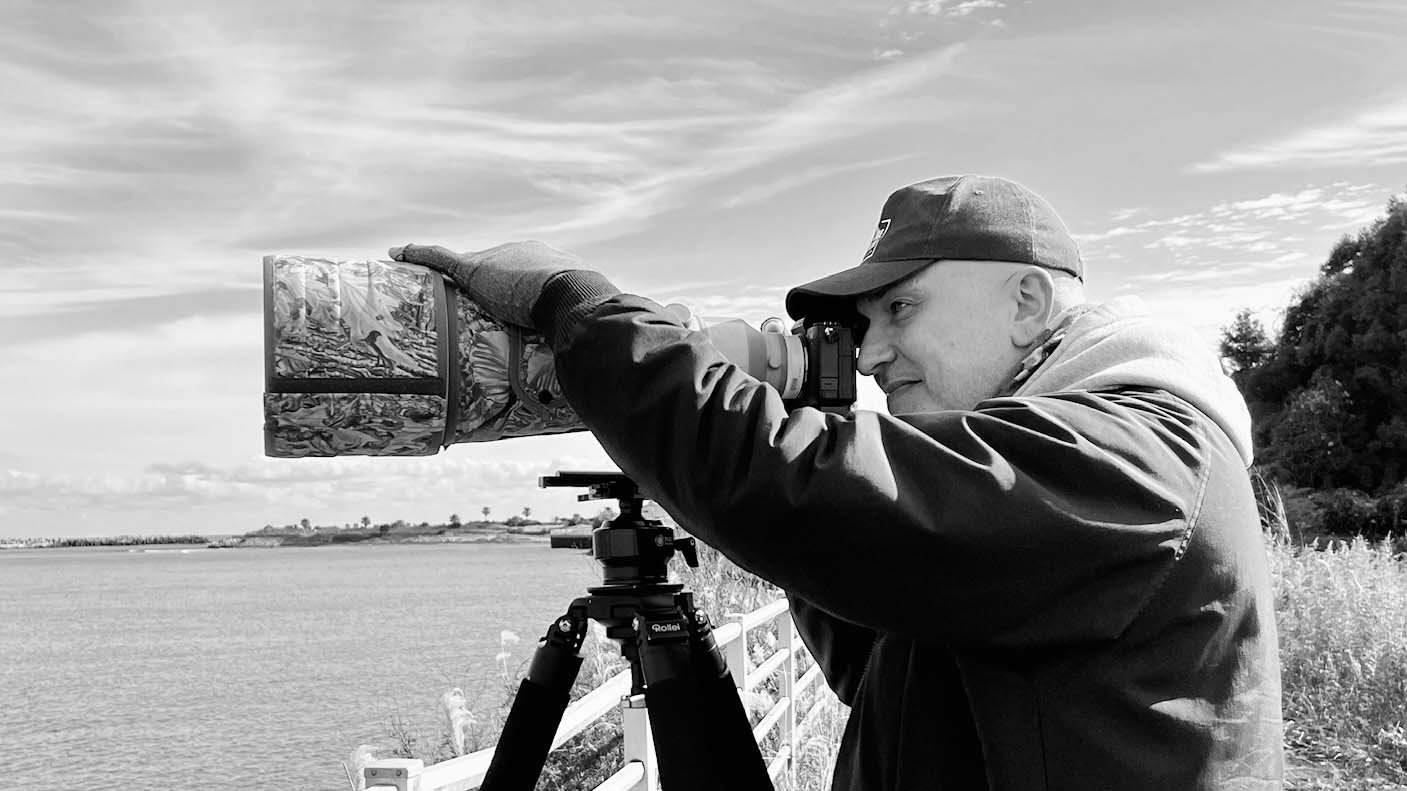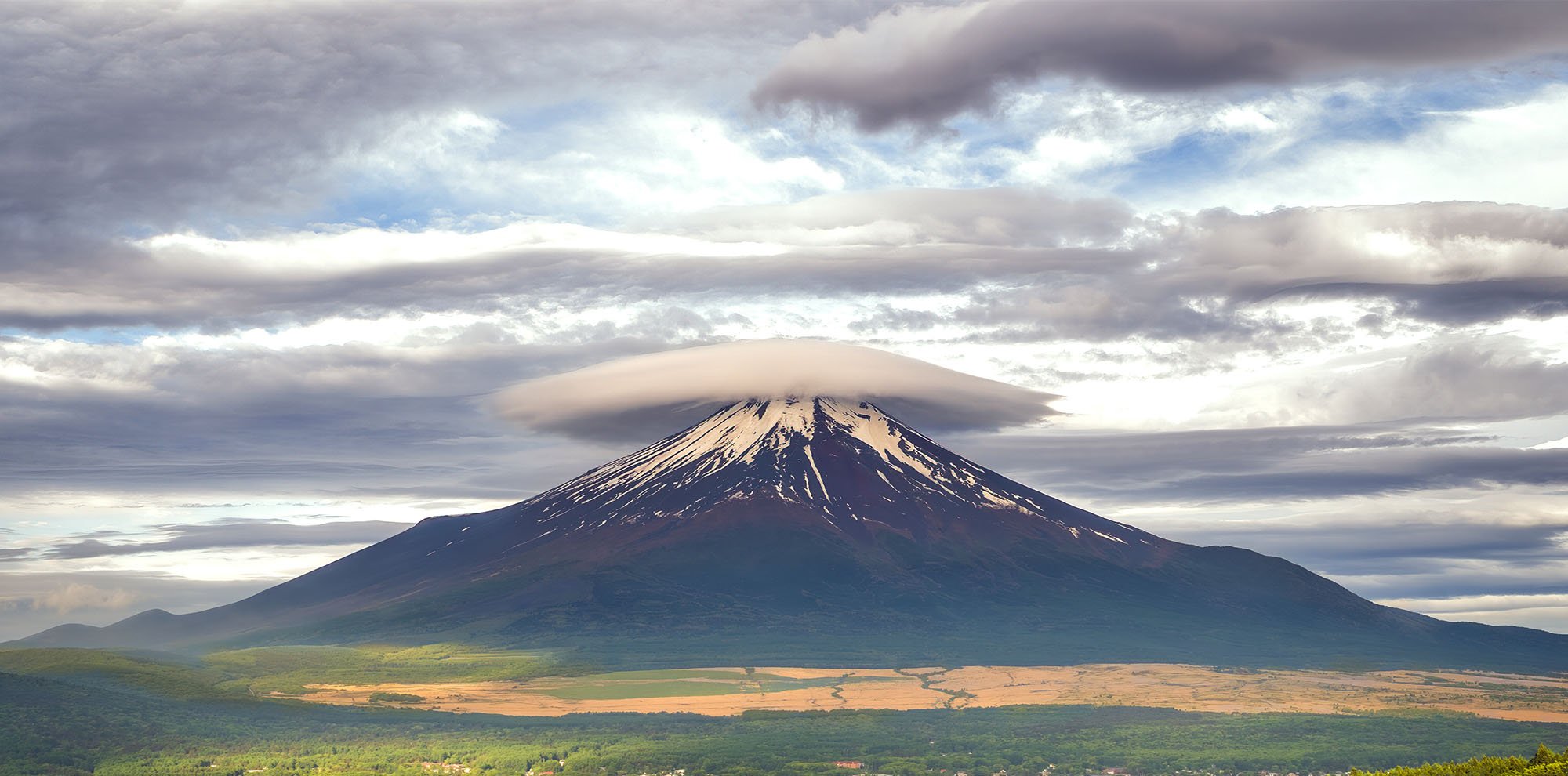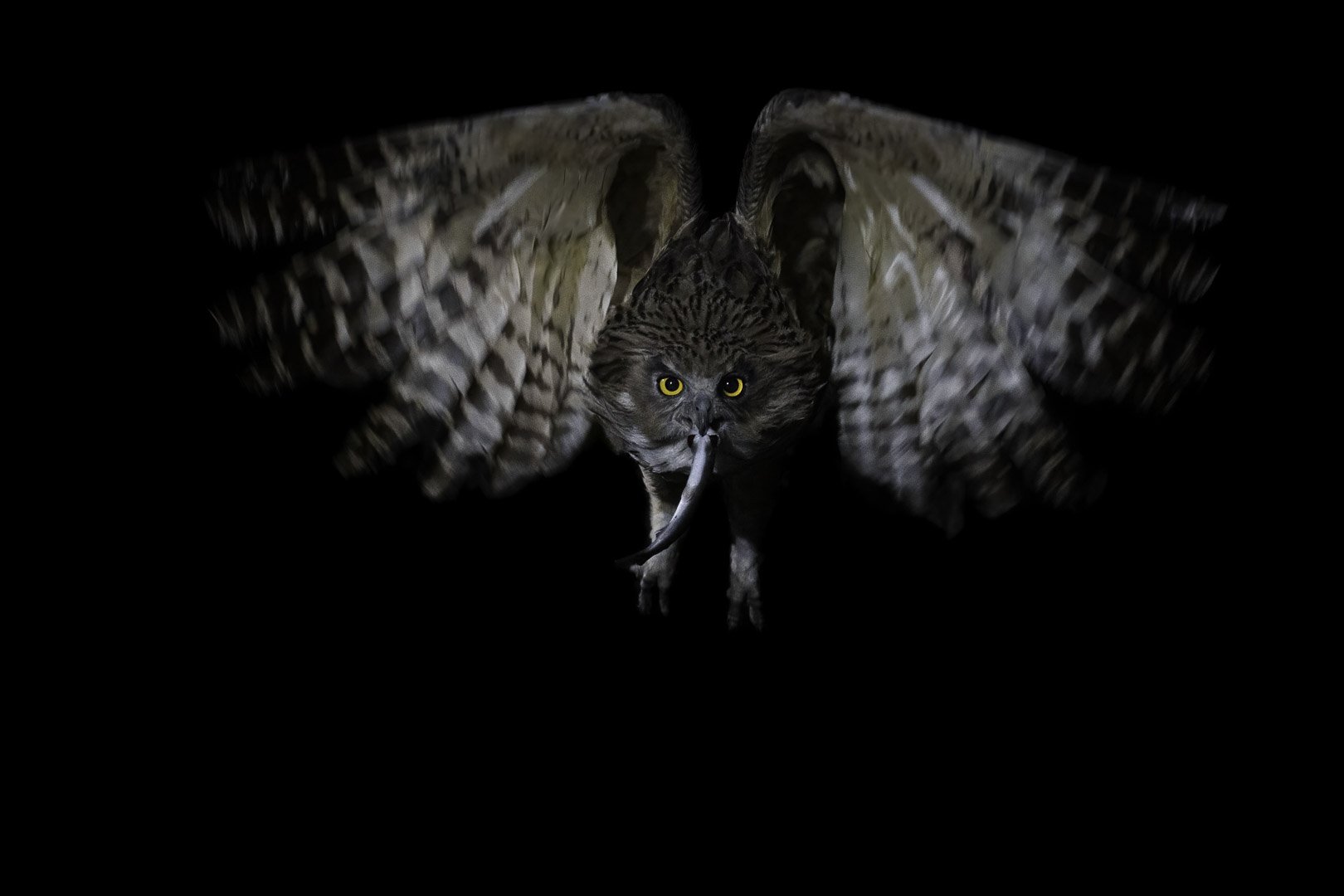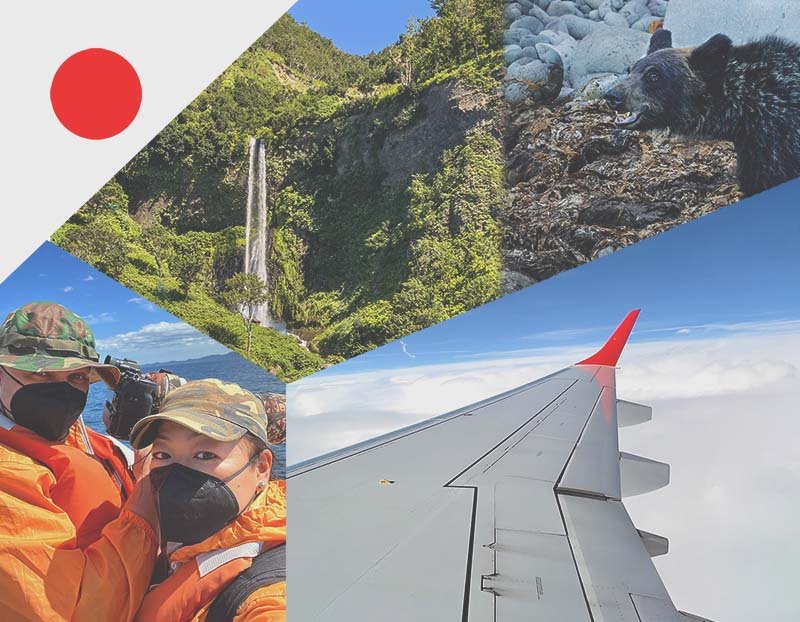Live Blog: Winter Tokyo & Bōsō-Peninsula 2023 / 24 #1
I've been back in Japan for a week now – my second home, you might say, given how often I'm here every year. I always feel very comfortable here, far from the elbow mentality, as I see it, in Germany.
This time, my wife and I are starting our adventure very relaxed. First, we spend a few days in Tokyo to acclimatize, and then we head to the Bōsō Peninsula for three weeks, right into nature. An entirely new area for us!
The final leg takes us to Hokkaido, into the wintry nature paradise, where cranes, deer, flying squirrels, Steller’s Seaeagles, and many other animals are waiting for us.
My travel from Nuremberg actually went smoothly, except for a minor delay in Frankfurt am Main. My flight was delayed by two hours because the plane was overloaded. As it turned out, my luggage was among the items that were removed. But no reason to worry, my luggage was delivered to my hotel the next day. Everything went like clockwork. Fortunately, I had my camera equipment safely stored in my carry-on – you can never be too sure.
In Tokyo, we haven't planned anything big for starters. I want to shake off the jet lag and arrive in peace. Since I had already been living on Japanese time for the last four days in Germany, the time change wasn't a big problem for me. Otherwise, jet lag can really throw you off track, especially when traveling east. And indeed, when I come back to Europe from Japan, the jet lag is nowhere near as intense. Japan is 8 hours ahead in winter and 7 hours ahead in summer.
Our hotel in Tokyo is located right by Ueno Park, a deliberate choice for us. There, you have everything you need: Ueno Park with its lake, museums, and a variety of culinary offerings.
Cormorant Colony - Ueno Park Tokyo
What looks so yellow and autumnal here are dried lotus leaves that stand out in the winter from the Shinobazu no Ike Pond (a pond in Ueno Park). In spring and summer, it's really a great sight with large lotus leaves and their blossoms.
In our walks around the Shinobazu-no-Ike Pond, a picturesque little lake in Ueno Park, we noticed an impressive cormorant colony. Interestingly, this colony was part of the Ueno Zoo Bentenmon and behind a fence. My later research revealed that this colony of Japanese cormorants was integrated into the zoo as part of a conservation project. These animals are wild and not confined.
In the past, such colonies were not uncommon in Japan, especially in Tokyo. However, due to environmental changes caused by humans, the numbers of cormorants and their colonies drastically declined. In the 1970s, their population reached a sad low point, resulting in their inclusion on the Red List. In 1978, there were only five such colonies left in all of Japan.
The Japanese cormorant colony at Shinobazu Pond in Ueno Park, Tokyo, was integrated into the zoo as a protective measure. This helped in the recovery of the population in the Tokyo area. Thanks to such measures and additional efforts nationwide, the number of cormorant colonies in Japan had increased to 47 by 1998.
Nest in the Cormorant Colony in Ueno Park, Tokyo
This colony fascinated me a lot because in Germany, where I usually photograph, cormorants are very shy. It's difficult to get them close to the camera. Moreover, these were Japanese cormorants (Phalacrocorax capillatus), which I had not been able to capture so closely before. I decided to seize this opportunity to photograph the Japanese cormorant in flight from close range. On two different days, I managed to get some shots with two different equipment setups.
On the first occasion, just before sunset, I used the Sony a6700 with the Sony 100–400 mm F4.5/5.6 lens. On the second day, with the sun already high, I switched to the Sony A1 with a Sony 400 mm F2.8 lens. Both days presented challenges due to the equipment and lighting conditions. With the Sony a6700, I ended up with too little light, and the autofocus didn't always react as desired. Many shots failed because of the slow and sometimes unreliable autofocus. On the second day, the harsh light was a particular challenge, especially when photographing a black bird.
By the way, the white feathers on the heads of the cormorants are not a sign of a different species. Cormorants develop these feathers during the breeding season. During this time, they have white feathers on their head, neck, and groin. Interestingly, their breeding season is also in winter, not just in spring, as with most birds.
The two photos below were taken with the Sony a6700 + 100 - 400 mm F4.5 / 5.6.
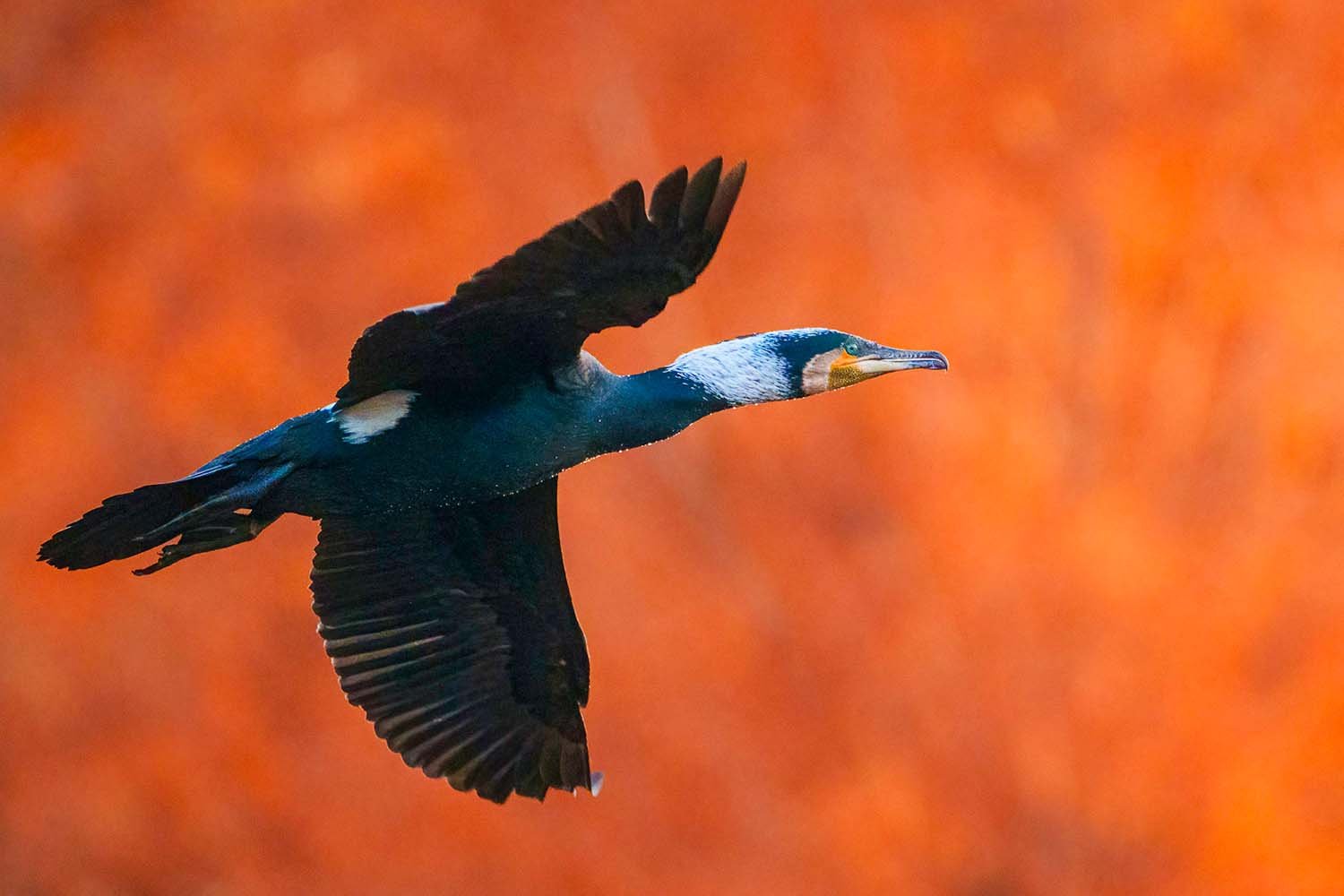
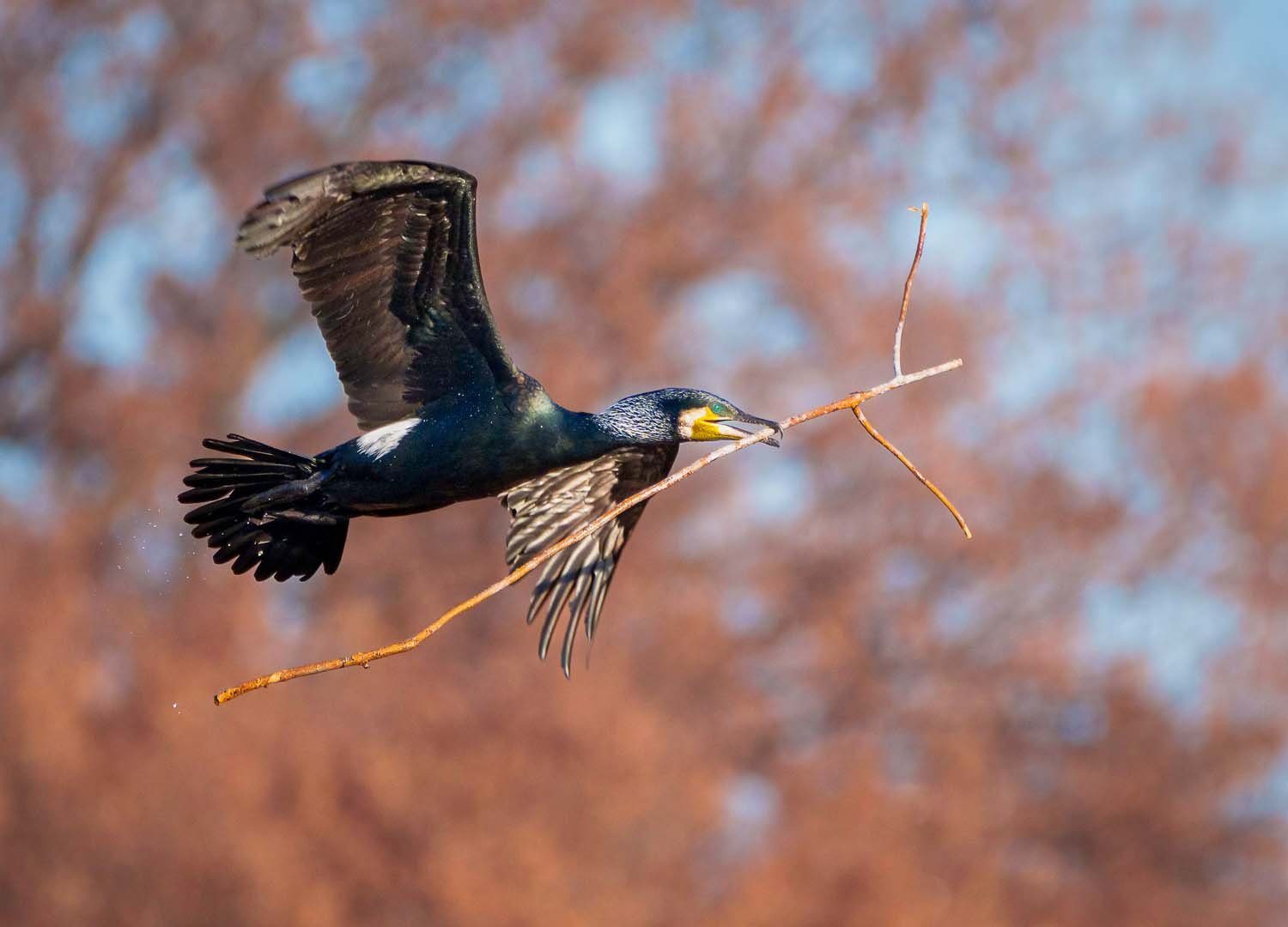
The two photos below were taken with the Sony A1 + 400 mm F2.8 lens

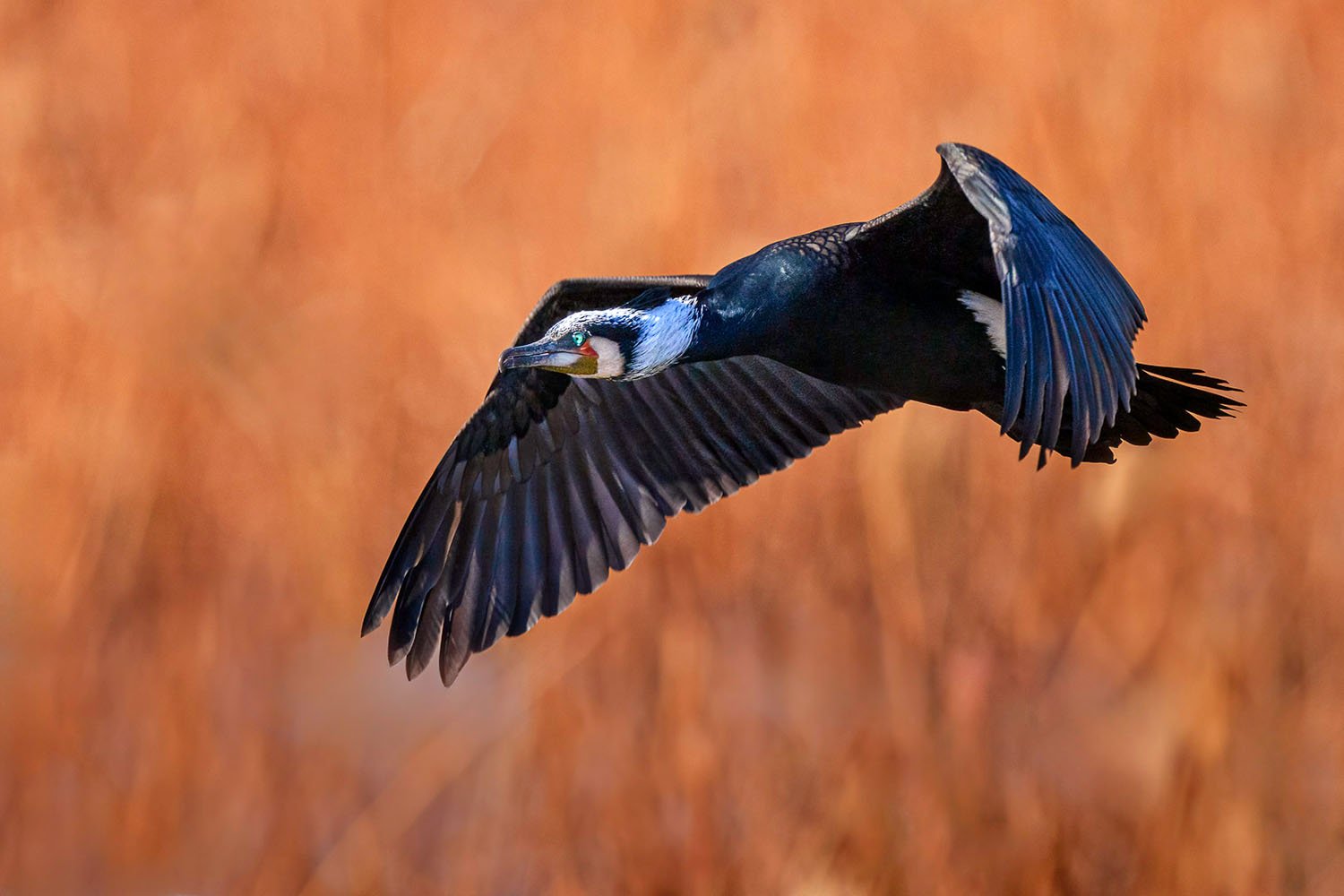
Ueno Park Tokyo - Nice Urban Animal Encounters
Tufted duck female
Every day, after breakfast, my wife and I took a walk around the Shinobazu-no-Ike Pond, the lake in Ueno Park. I always had my small camera setup with me: the Sony a6700 with the Sony 100-400 mm F4.5/5.6 lens – an optimal combination for mobility. During our walks, we had a few pleasant encounters, including with a female Tufted duck, a new species for me, the Northern Pintail (Anas acuta), and to our great surprise, also with an little egret (Egretta garzetta).
Over the past years, I've experienced in Tokyo so many wonderful moments and surprises with urban wildlife that one could easily spend at least two weeks here just on photo tours. Actually, I hadn't planned any significant wildlife photography in the first week of my stay this time. But I just can't resist when such opportunities present themselves. ;-)
Here are some photos from that day:
19.12.2023 - Bōsō-Peninsula
Since yesterday, we have been on the Bōsō-Peninsula. The drive took a good two hours by car. A distance of about 100 km, which in Germany could be covered in a hour. In Japan, the maximum speed limit on highways is 80 km/h, unless otherwise indicated. On country roads, it's a maximum of 60 km/h, although the speed usually ranges between 40 and 50 km/h. Just to give you an idea of what it's like on the roads here, as a German. In comparison, if the Government decided on 130 km/h on the German-Autobahn, it would be still faster to drive than in Japan. ;-)
On the Bōsō-Peninsula lies the Chiba Prefecture, located on Japan's main island, Honshū. The peninsula forms the eastern boundary of Tokyo Bay, separating it from the Pacific Ocean. Here, a unique blend of gentle hills and dense forests emerges. The peninsula is captivating with its diverse landscape. You will find small fishing villages nestled along the coastline, expansive rice fields, and dense forests that invite exploration. A paradise for nature lovers and photographers.
Starting point of the Kujūkuri Beach (九十九里浜, Kujūkuri-hama)
Today, we decided to take it easy and explore the area, especially the beach. The beach is called Kujūkuri Beach (九十九里浜, Kujūkuri-hama), a sandy beach that covers a large part of the northeast coast of the Bōsō Peninsula. It is about 60 kilometers long, making it the second-longest beach in Japan. The name "Kujūkurihama" literally means "ninety-nine ri sandy beach." It is believed that the Shogun Minamoto no Yoritomo commissioned the measurement of the beach. To do this, 99 arrows were placed in the sand, one for each ri. The unit "ri" was originally 6 chō (about 660 meters), but was later extended to 36 chō (about 3.9 kilometers). The shorter ri of 6 chō has long been forgotten, so many people today mistakenly believe that the number 99 is just a reference to its long stretch. The actual length of the beach is about 66 km, which makes Minamoto no Yoritomo's original measurement surprisingly accurate.
On our first trip to the beach, we enjoyed a beautiful walk with rough winds, high waves, and a few bird encounters with old friends. This time, I had brought the Sony a6700 + 200 - 600 mm f5.6/6.3 for equipment.
The male Blue Rock Thrush (blue/orange) and female (brown/white spotted). The crow, I think, needs no introduction.
The beginning of my journey this year seems to be under the sign of the cormorant.
20.12.2023 - Bōsō-Peninsula Location Scouting Day Two
Today, I headed to a new section of Kujūkuri Beach to continue getting an overview of the area. I started where my tour yesterday had ended. The day was sunny, with scattered clouds in the sky. At first glance, other than the cormorants and seagulls on the breakwaters about 500 meters from the beach, I couldn't make out much. However, they were too far away for a decent photo.
My exploration continued along the beach. Gradually, I could see more and more waterbirds on the sea. Compared to yesterday, there were hundreds, moving on the heavily wavy sea surface.
Near the vegetated dunes, I observed a bird perched on the top of a stalk, keeping a lookout. It reminded me of a Red-backed shrike. As I got closer, I couldn’t make out the species, but I recognized that it must be a kind of shrike. At home, I was able to classify the species as the Bull-headed Shrike or Japanese Shrike (Lanius bucephalus).
Bull-headed Shrike or Japanese Shrike - Sony a6700 + 200 - 600 mm F5.6/6.3
While I was focusing on the Bull-headed Shrike, I noticed through my camera a larger bird flying towards me in the background. At first, I thought it was a seagull, but then I recognized an Osprey with prey. In trying to take a photo, I unfortunately struggled with the Sony a6700. In terms of focus speed and precision, this camera often lets me down. For my next tours, I will switch to the Sony A1, as I have missed several good opportunities in the past few days due to the autofocus of the a6700.
Osprey - Sony a6700 + 200 - 600 mm F5.6/6.3
In addition to a Kingfisher, I was able to observe and photograph Great Egrets, Little Egrets, Blue Rock Thrushes, White wagtail, Great Crested Grebes, Eurasian wigeon, Northern Pintails, Black scoter, Common pheasant, Black Kite, and Sanderlings. It was truly an eventful day!
From all these sightings, I will select a first project this weekend, aiming to photograph and film one of the species in a beautiful light and environment.
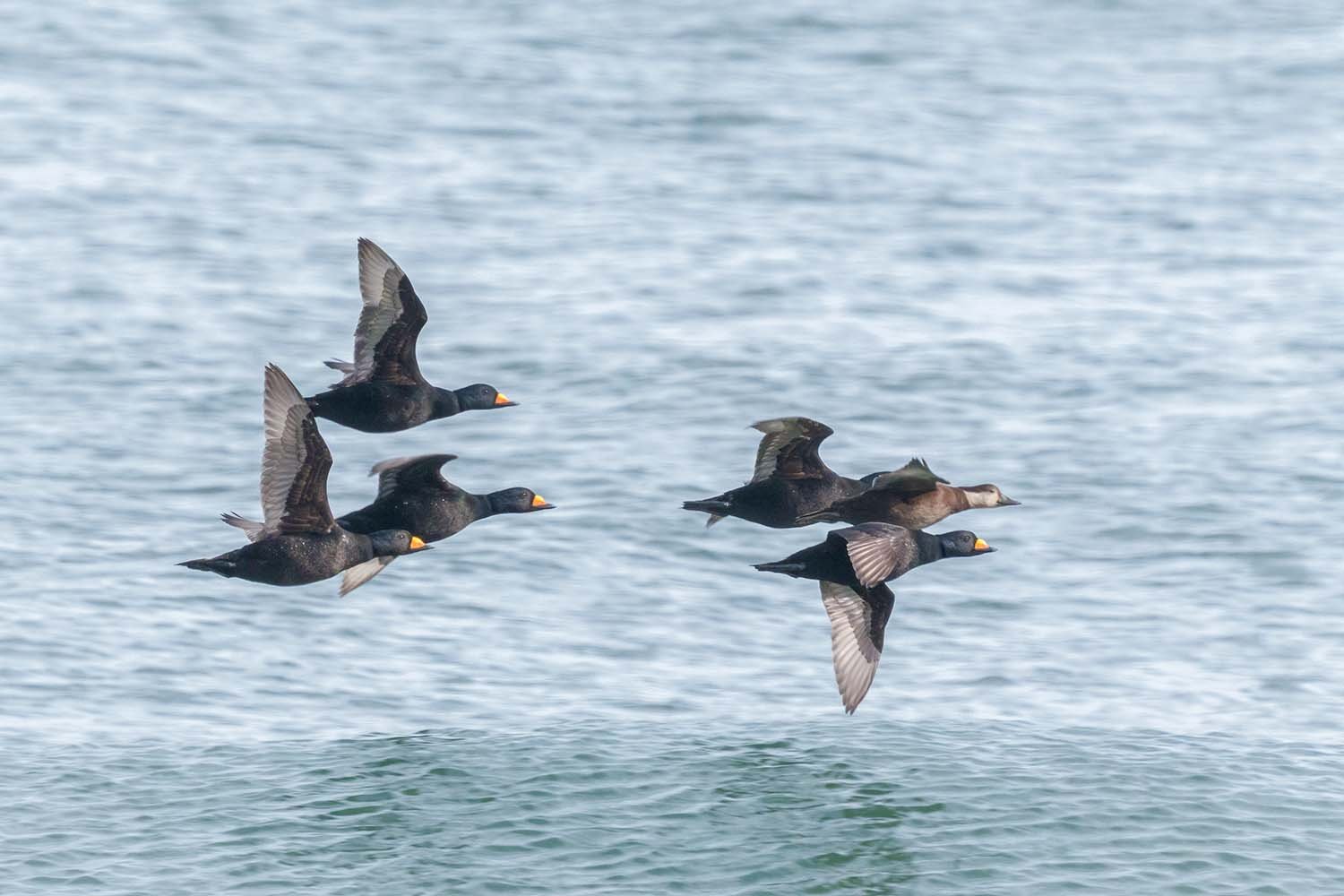
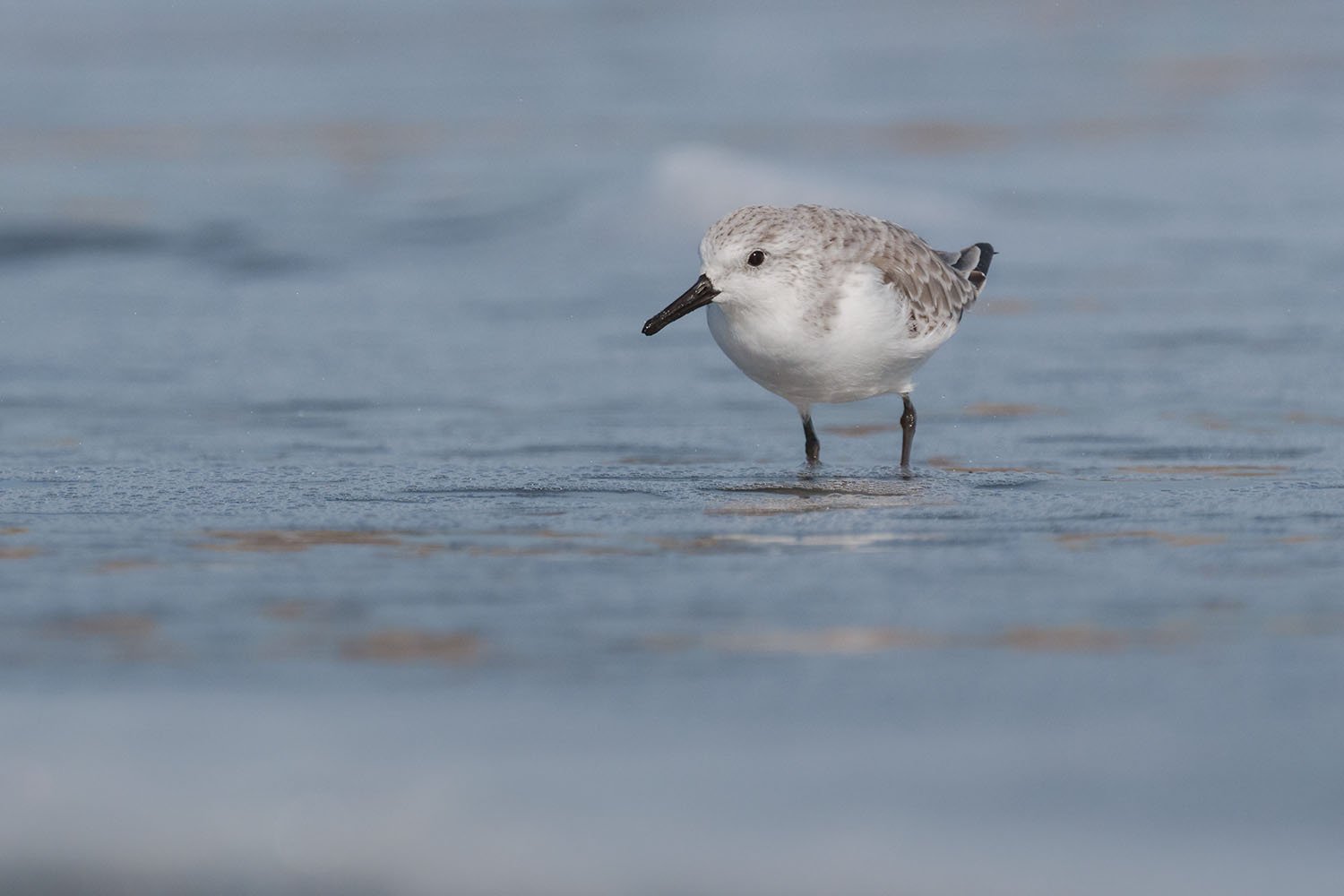
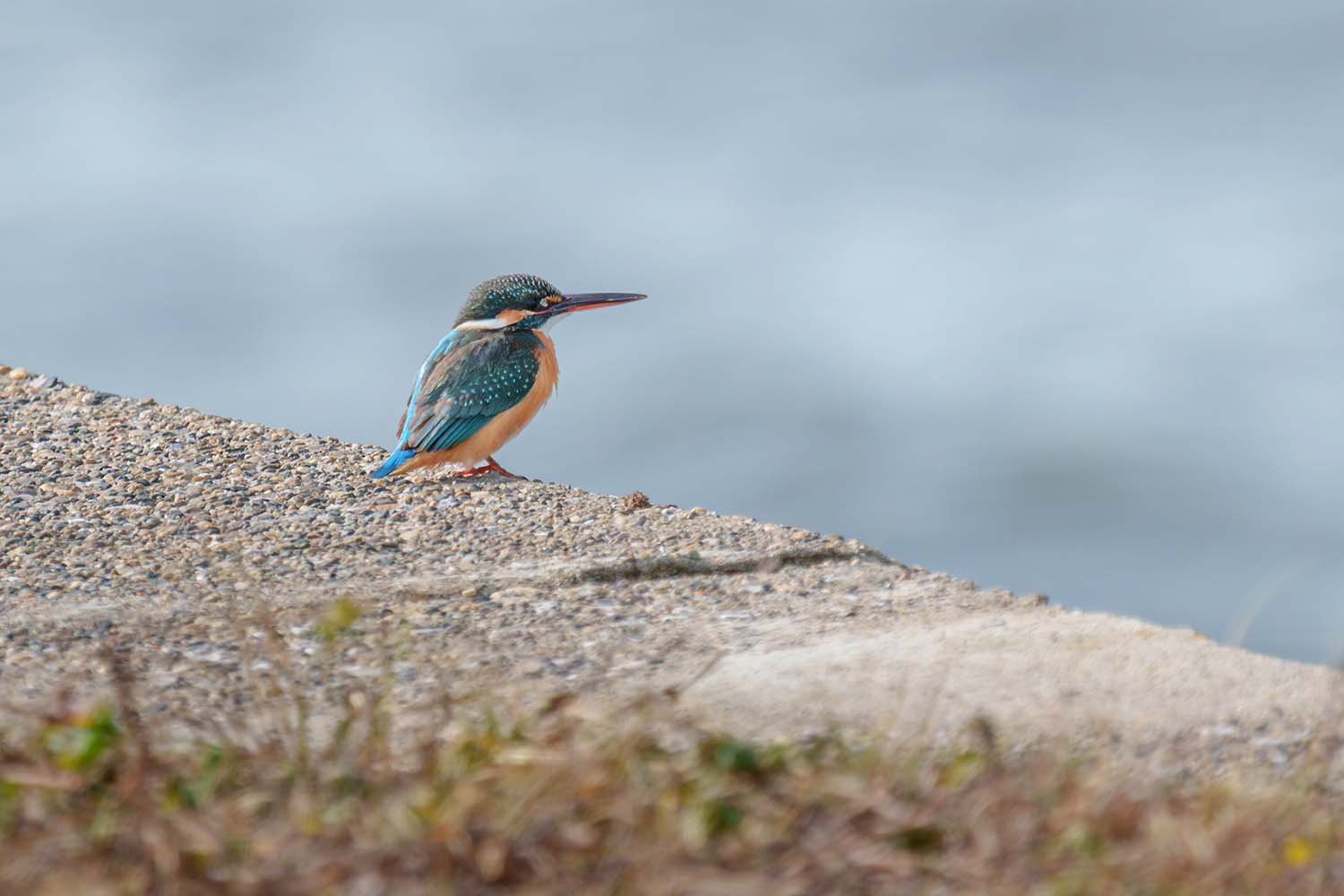
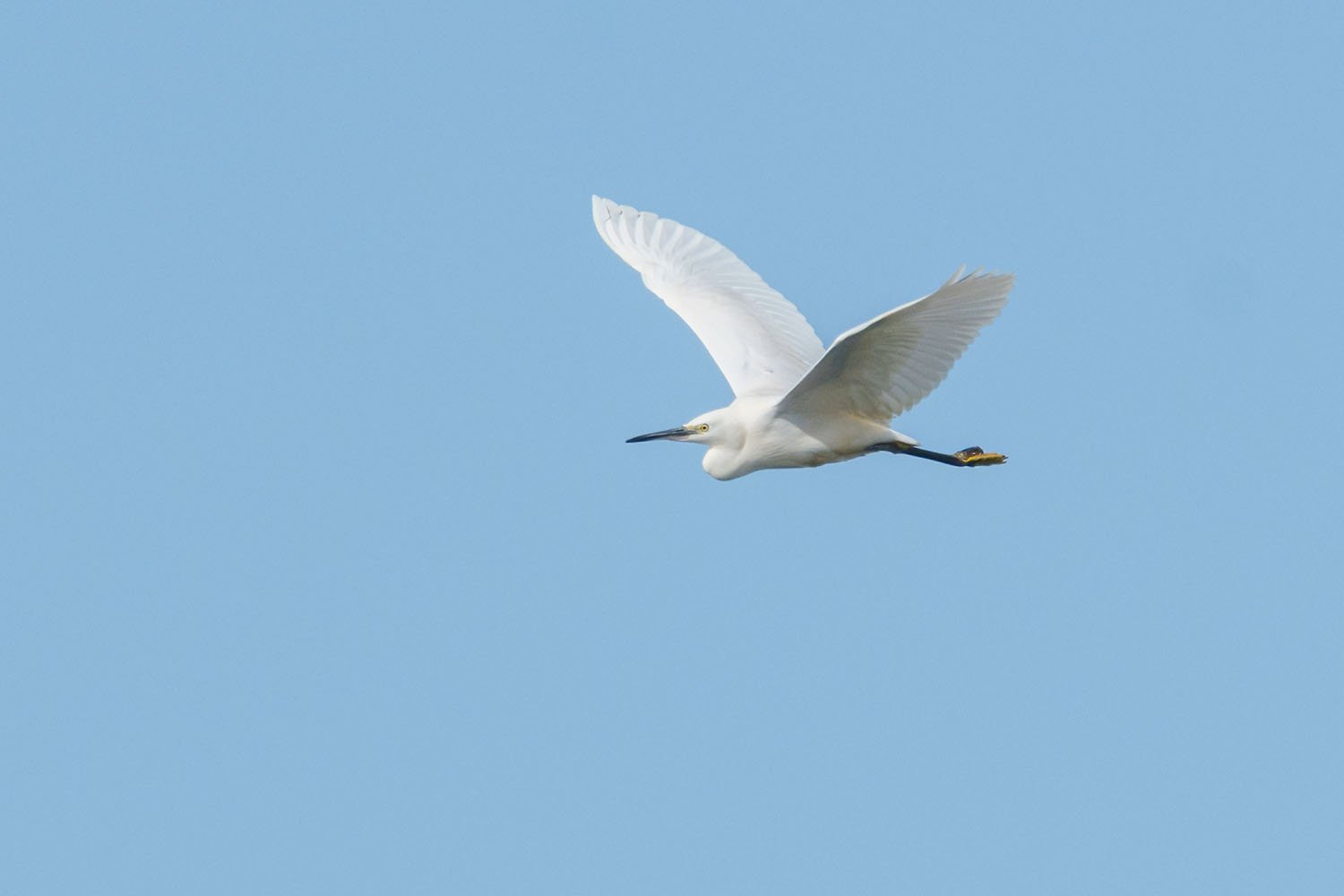
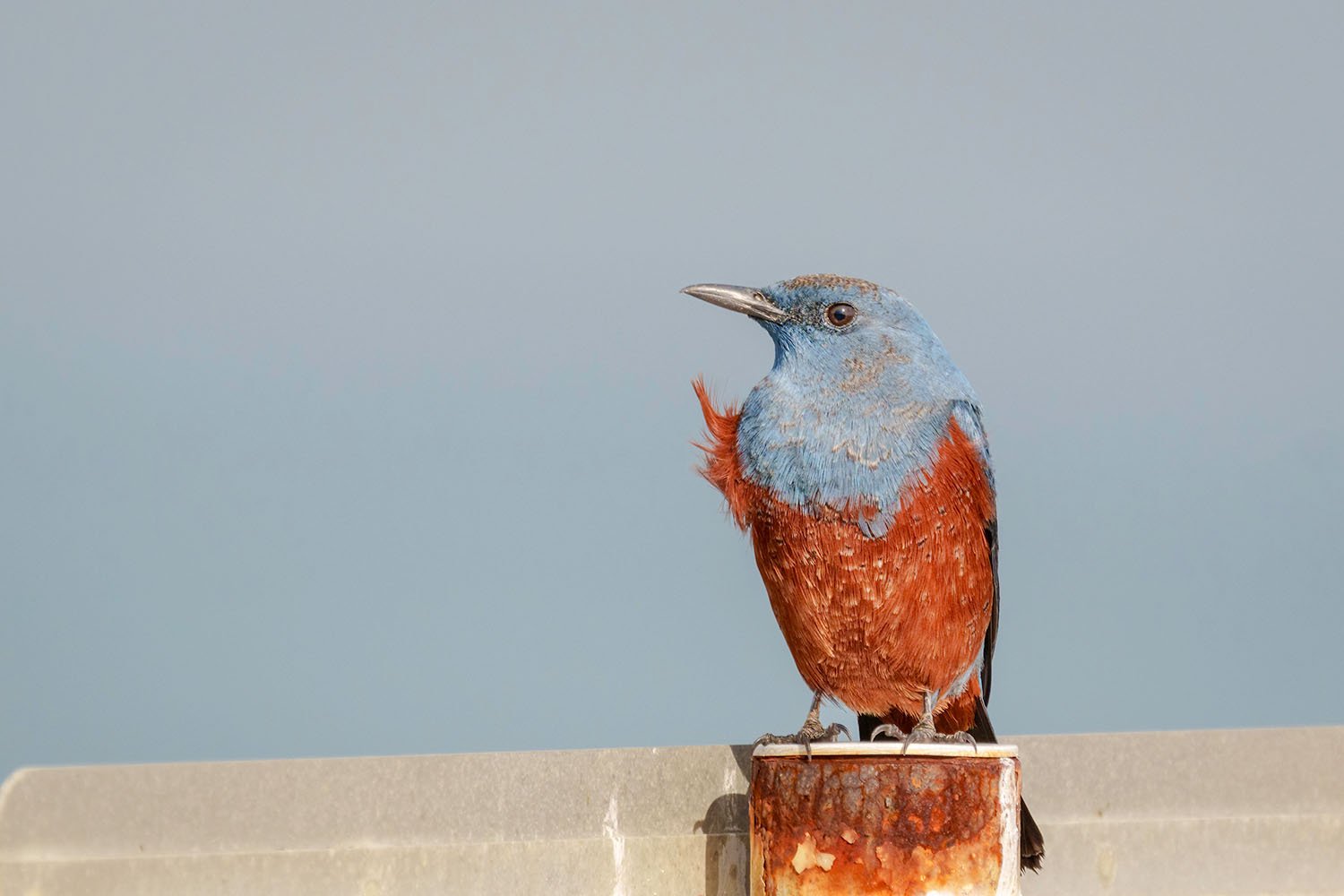

Tomorrow, I will continue my exploration tour. During my hike today, I came across a river estuary at the sea. A few meters upstream, I spotted hundreds of waterfowl, including Greater scaup. I'll take a closer look at this tomorrow. The weather forecast predicts a very stormy day for tomorrow – let's see what it brings. :-)
21.12.2023 - Bōsō-Peninsula, Location Scouting, Day Three
Strong winds and shaky ground – that pretty much sums up today.
Our outing today was short, as the wind, which had been blowing since the night, whirled everything through the air that wasn't firmly fixed – especially the sand. We tried our luck anyway, but after an hour we gave up. Even the wildlife was scarce, which was no surprise given the strong wind. However, the day was sunny and beautiful, and I actually managed to capture a shot that I really like. It's the first photo that goes beyond mere documentation, unlike the ones I usually post from my previous exploration tours.
A Blue Rock Thrush had caught a small crab and was sitting only 4 to 5 meters away from me. I photographed it with my Sony A1 + TC 1.4 + 200–600 mm F5.6/6.3.
Blue Rock Thrush with caught crab - Sony A1 + TC 1.4 + 200–600 mm F5.6/6.3
Back at our accommodation, the next experience was already waiting for me: an earthquake. Over the past years in Tokyo, I had occasionally felt a slight tremor, but nothing alarming. This time it was stronger, the house shook for a good 5 seconds, and this repeated three times during the night. After a bit of research, I found out that the epicenter was about 66 km off the coast in the Pacific and had a magnitude of 4.8 on the Richter scale. It felt like sitting on a giant vibrating plate. A truly interesting experience that reminded me again of how powerless we are against the forces of nature.
I will be publishing my further updates on a new article page, as this one has become quite long. Over the weekend, while Germany celebrates Christmas, I will enjoy spending my days with the camera in nature. You can follow this in this section of my website if you like.
Merry Christmas.





















